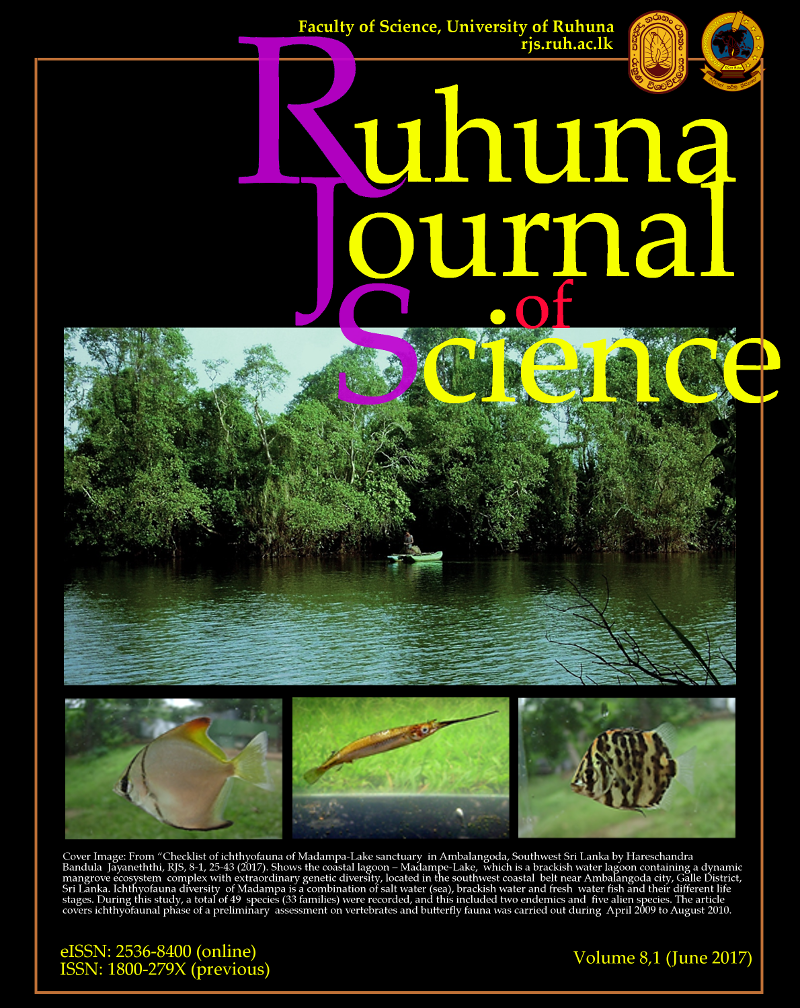A simple algorithm for calculating the area of an arbitrary polygon
Abstract
Computing the area of an arbitrary polygon is a popular problem in pure mathematics. The two methods used are Shoelace Method (SM) and Orthogonal Trapezoids Method (OTM). In OTM, the polygon is partitioned into trapezoids by drawing either horizontal or vertical lines through its vertices. The area of each trapezoid is computed and the resultant areas are added up. In SM, a formula which is a generalization of Green’s Theorem for the discrete case is used. The most of the available systems is based on SM. Since an algorithm for OTM is not available in literature, this paper proposes an algorithm for OTM along with efficient implementation. Conversion of a pure mathematical method into an efficient computer program is not straightforward. In order to reduce the run time, minimal computation needs to be achieved. Handling of indeterminate forms and special cases separately can support this. On the other hand, precision error should also be avoided. Salient feature of the proposed algorithm is that it successfully handles these situations achieving minimum run time. Experimental results of the proposed method are compared against that of the existing algorithm. However, the proposed algorithm suggests a way to partition a polygon into orthogonal trapezoids which is not an easy task. Additionally, the proposed algorithm uses only basic mathematical concepts while the Green’s theorem uses complicated mathematical concepts. The proposed algorithm can be used when the simplicity is important than the speed.Keywords. Computational geometry, computer graphics programming, coordinate geometry, euclidian geometry, computer programming.ÂReferences
Hearn D, Baker MP. 1998. Computer Graphics, C Version, 2nd Edition, Prentice Hall, Inc., Upper Saddle River, pp. 305-309.
Kodituwakku SR, Wijeweera KR, Chamikara MAP. 2013. An Efficient Algorithm for Line Clipping in Computer Graphics Programming, Ceylon Journal of Science (Physical Sciences), Volume 17: 1-7.
O’Rourke J. 1998. Computational Geometry in C: 2nd Edition, Cambridge University Press 1-22.
Wijeweera KR. 2015. Finding the Area of an Arbitrary Polygon: Shoelace Formula and its Implementation in C Programming Language. Retrieved from http://www.academia.edu/9987996/Finding_the_Area_of_an_Arbitrary_Polygon_Shoelace_Formula_and_its_Implementation_in_C_Programming_Language.
Published
Issue
Section
License
From Volume 7 (2016) onwards, all articles published in Ruhuna Journal of Science are Open Access articles published under the Creative Commons CC BY-NC 4.0 International License. This License permits use, distribution and reproduction in any medium, provided the original work is properly cited and is not used for commercial purposes.
Copyright on any research article published in RJS is retained by the respective author(s).
Authors who publish with this journal agree to the following terms:
a) Authors retain copyright and grant the journal right of first publication with the work simultaneously licensed under a Creative Commons Attribution License CC-BY-NC 4.0 International, that allows others to share the work with an acknowledgement of the work's authorship and initial publication in this journal.
b) Authors are able to enter into separate, additional contractual arrangements for the non-exclusive distribution of the journal's published version of the work (e.g., post it to an institutional repository or publish it in a book), with an acknowledgement of its initial publication in this journal.
c) Authors are permitted and encouraged to post their work online (e.g., in institutional repositories or on their website) prior to and during the submission process, as it can lead to productive exchanges, as well as earlier and greater citation of published work (See The Effect of Open Access).

